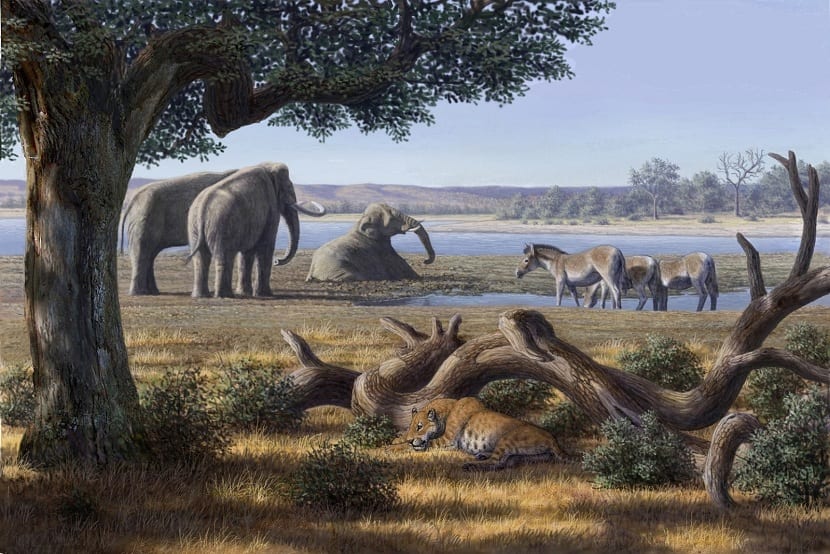
In previous posts we have analyzed how it works geological time and reviewed the most important events that took place in the Mesozoic Era and in the Precambrian Aeon. Today we return to the Cenozoic Era in which we are going to analyze what happens in the Quaternary period. It is about the last period of the Cenozoic Era and that includes two of the most "modern" eras, the Pleistocene and the Holocene.
Do you want to know the most important events that occurred in this period? Keep reading because we tell you everything.
The arrival of ice and man
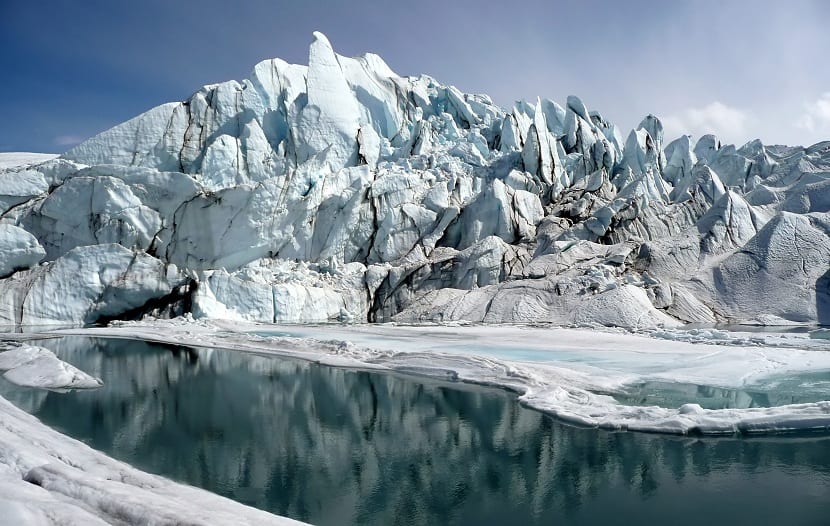
After the passage of millions of years, we get closer to what has been "today". In the Quaternary, which started 2,59 million years ago, is the period in which we are today. The Quaternary not only includes the Pleistocene and the Holocene, but for consistency when making discoveries about the changes that occurred on the earth, the Gelasian age could be included. During this age there were very significant changes in life on the planet, the climate and the oceans due to the episodes of ice age.
The two epochs of the Quaternary are the Pleistocene and the Holocene. The Pleistocene is the longest and includes centuries and centuries of glaciers. It is known as The ice age. Going to a more recent time we have the Holocene, considered as the post-glacial part and that is what we have today.
When talking about the Pleistocene, many people talk about "The age of man" since the genus Homo began to evolve in this period. It is already when in the Holocene, the human being can develop life organized in social groups and which is called civilization.
Pleistocene characteristics
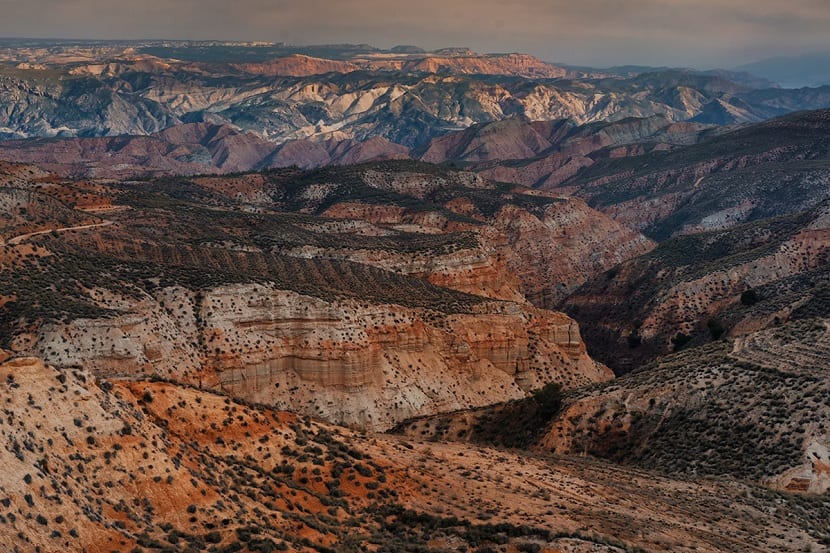
We begin by describing the Quaternary with its first epoch. 2,59 million years ago gives way to the beginning of the Pleistocene that ends only 12.000 years ago. During this time the ice spread in the form of glaciers until occupy more than a quarter of the earth's surface. The ice reached areas never reached before. And it is that when we talk about glaciation or ice age what is thought is that the entire world is covered by ice, including the oceans. This is not like this. Almost 25% of the entire ice-covered Earth is incredibly abnormal.
Due to the large amount of ice in the world, the sea level dropped to 100 meters and life on the planet had to adapt to new environmental conditions or disappear. In areas where there was no ice, almost all the dominant flora and fauna were the same in the previous period (Pliocene).
There were big glacial systems scattered throughout the coldest and icy areas. The first was a glacier in Scandinavia that stretched south and east across all of northern Germany and western Russia. It reached the British Isles, so you can imagine the size of that glacier.
On the other hand, we also find another huge glacier system located throughout most of Siberia. Another glacial system spread from Canada to the United States. All these glacial formations, after their dynamics and formation, gave rise to the glacial formations that we can observe today in all these places.
Glaciations, flora and fauna
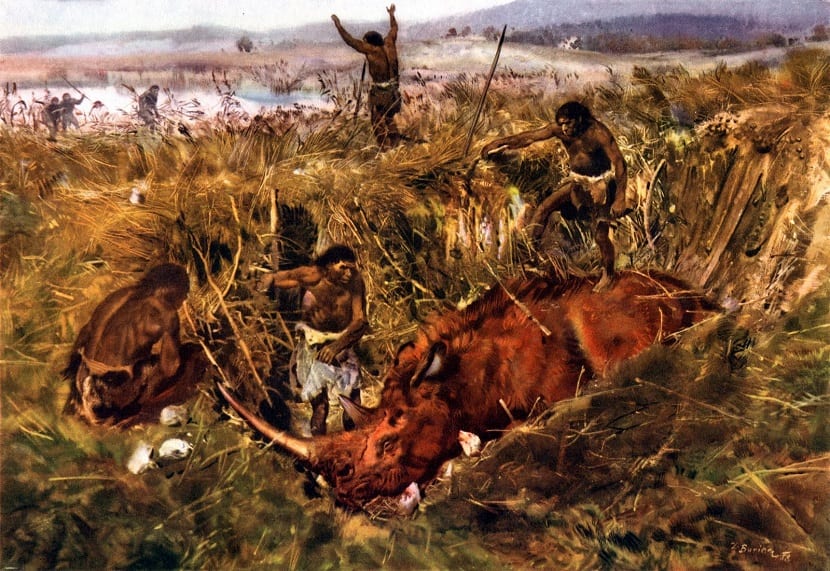
As you can guess, the Arctic and Antarctic regions were also covered with ice, as were most of the mountains around the planet. The snow level dropped to levels that have never been observed today. As I mentioned before, all the actions that glaciers and their subsequent melting entail can be seen even today in many parts of the world.
Not only was there one glaciation during the Pleistocene, but there were six. Between each of them there were periods where the weather was somewhat warmer and the ice receded again. For now, we are considered to be in one of those glacial "rest" periods.
As for the flora and fauna that had to adapt to the completely frozen areas, we found mammoths, reindeer, giant deer and polar bears. The vegetation in this area was composed entirely of lichens and mosses. It was totally similar to the current tundra. In the interglacial stages, having higher temperatures and less ice covered surface, they could live horses, felines with large tusks and rhinos.
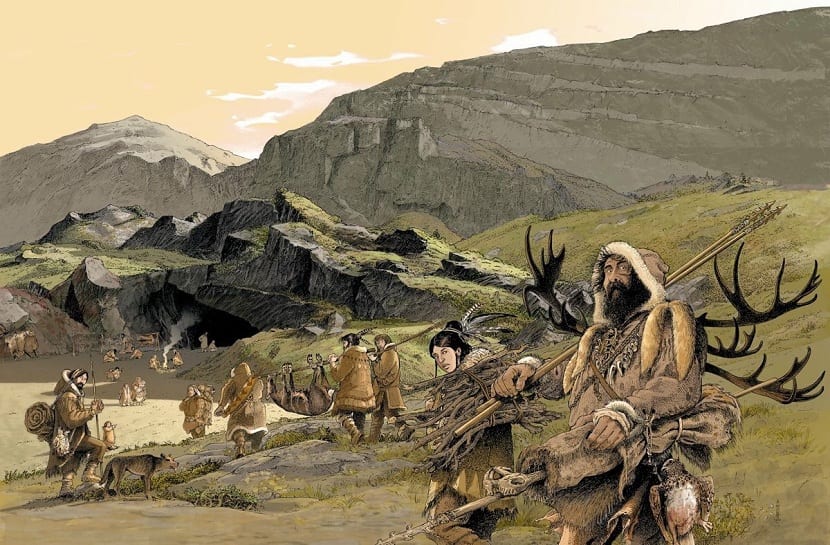
A few other species of fauna adapted well to climatic changes in order to survive longer. We talk about bison, elk, fox, and wildcat. In the colder parts of North America, species such as camel, yak, llama, tapir and horse. By the time the Pleistocene ended, large species of mammals such as the mastodon, the famous saber-toothed tiger, and the giant deer had already become extinct from the entire planet.
Human and Holocene evolution
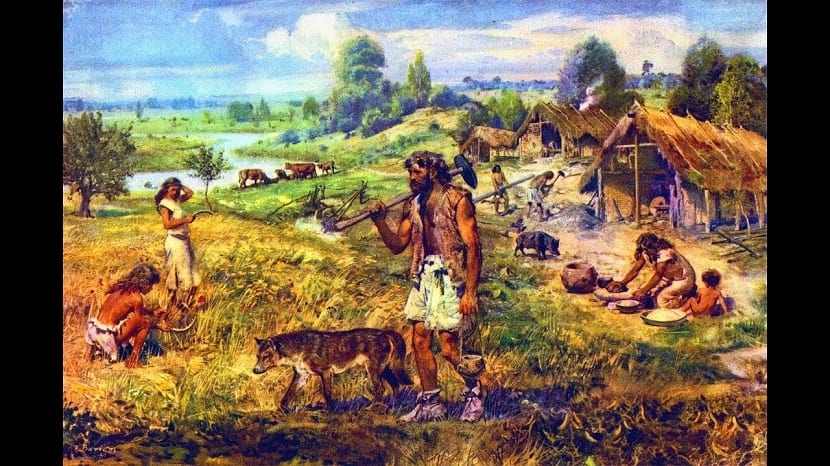
Now we talk about human evolution in which we have the Paleolithic in the Pleistocene, where the homo habilis began to gather and hunt. Later, Homo erectus made some more sophisticated weapons and hunted in groups. Homo neanderthalensis it was a cold-adapted species that appeared 230.000 years ago.
We proceed to describe the most recent epoch of the Quaternary: the Holocene. It is where we are today. It began 12.000 years ago and its transit of the change of temperatures began a time of thaw throughout the planet. This thaw caused a rise in sea level by thirty meters. It is said that this interglacial epoch may end in a new ice age.
In these 12.000 years, extinctions have continued and have been accelerated even more in the last 100 years by human presence and the development of technology. On Earth there have been 5 great extinctions. For this reason, the massacre that it is having today is called the sixth extinction.
The nomadic life of the human being ended with the development of agriculture and livestock. Fishing also greatly favored human development. Finally, the Holocene is usually studied until the invention of writing, where what we call History begins to be studied.
I hope this post has let you know more about the last period of the Earth.
Thank you very much, very interesting analysis to understand even our existence, survival and how to contribute to the care of nature coupled with technological and human development.